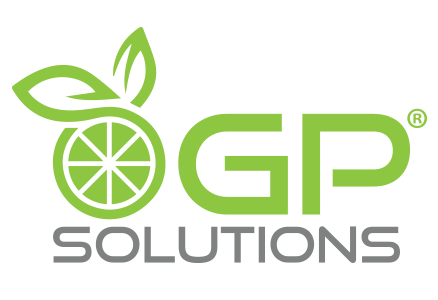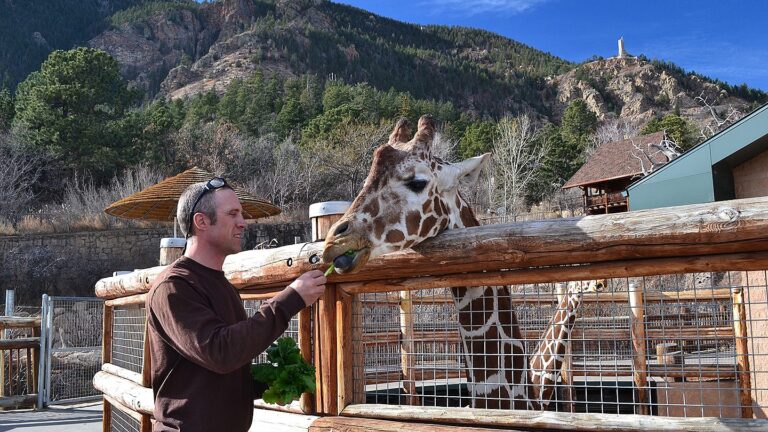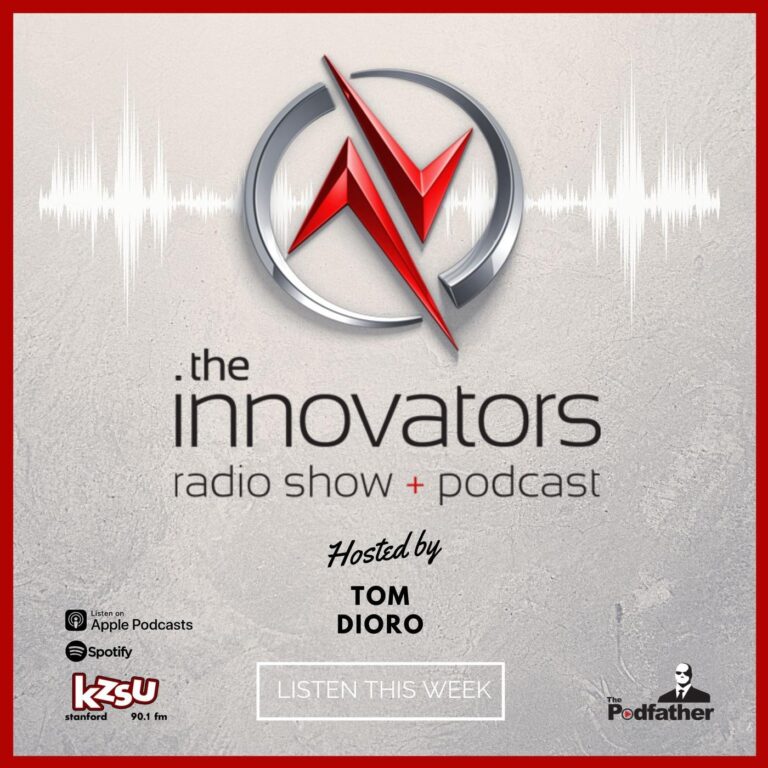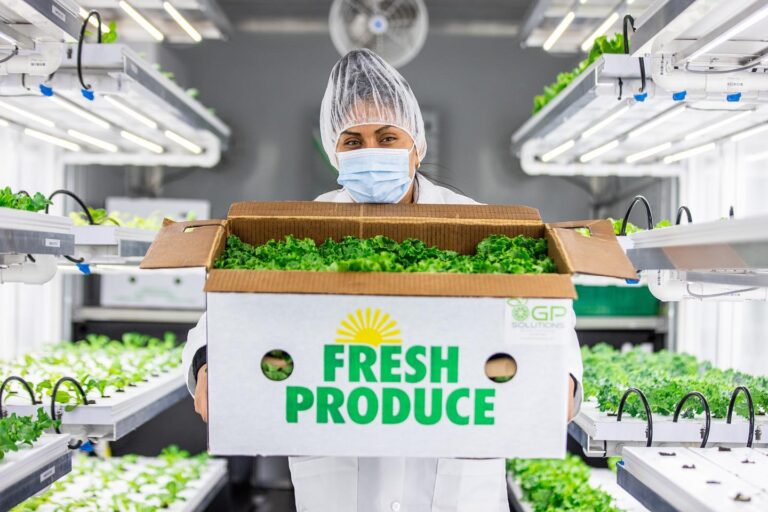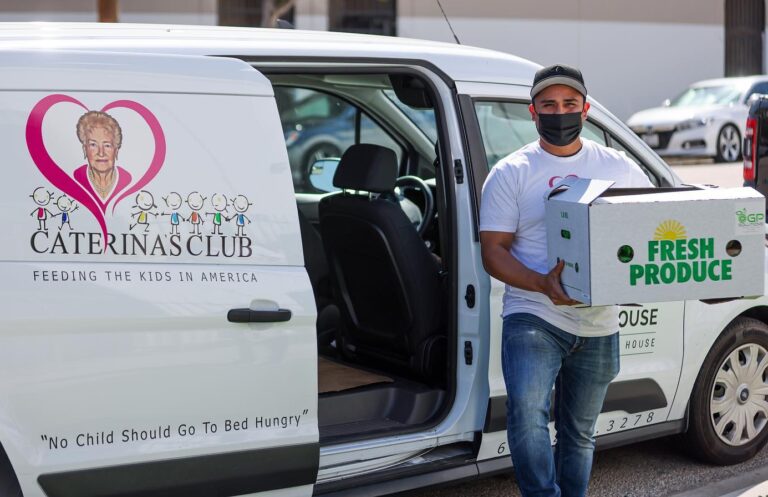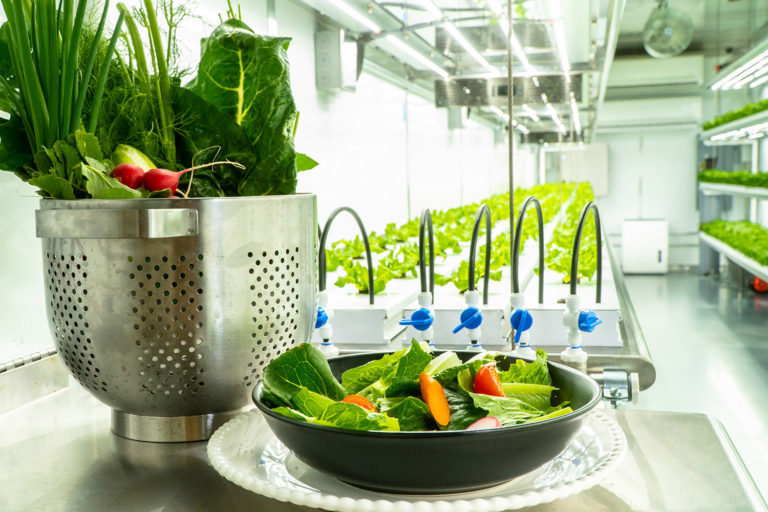The Future is Growing Locally
So you’ve made the big step. You’ve decided that buying locally grown food is best or you and your family. But do you realize how it also benefits your local community and your environment? It’s not just better for you, it’s better for everyone. As one of the top vertical farm companies in America we’ve learned loads about the benefits of container farms and how they can enable hyper-local food. Transporting food literally thousands of miles burns tons of gas, and is highly polluting but by buying locally you are boosting your local community’s health in ways you may not have realized. Here are just some ways that buying local is good for everyone:
Safe and Clean Container Farming for Your Crops
Food Education
Tomatoes aren’t just red. They can be yellow, green or purple with a kaleidoscope of flavor too. When kids grow up with this kind of variety they learn to love healthy eating- a habit that can stay with them for life.
Local Economy
In the 19th Century 90% of the American population worked on farms. Flying above America today makes you realise it’s still agricultural but today farming occupies less than 2% of the population. Most of your money doesn’t end up with the farmer- it goes to middlemen involved transport and distribution. Eating locally farmed food plugs you into an ancient tradition and makes sure your spending stays local where it can be invested locally.
Food Security
Even though our world is more unstable than ever, most cities in america are dependent on food being shipped in- notbaly cities such as Seattle or New York need extensive distribution networks to bring food in over several thousand miles. When you buy locally you ensure the food is grown locally- blocks away from you. A Grow Pod Solutions vertical hydroponic farm is fully insulated and secure and can be installed almost anywhere with flat ground, water and electricity.
Genetic diversity
Farming is big business. To take some of the variability out, farmers often use strains of crops which are bred (or even genetically modified) for better yields or to last longer in transport. Over time, other varieties get crowded out so you end up with only one breed of broccoli and only three types of nectarine wherever you are in the USA. Local farmers are the exact opposite- they actively look for so called “heirloom” varieties or strains with unusual colours or shapes or flavors.
Flavor
You’ll have to trust us on this one. Eating a salad with a new strain of tomatoes grown 10 yards away or baby lettuce plucked this morning is a whole different approach to food.
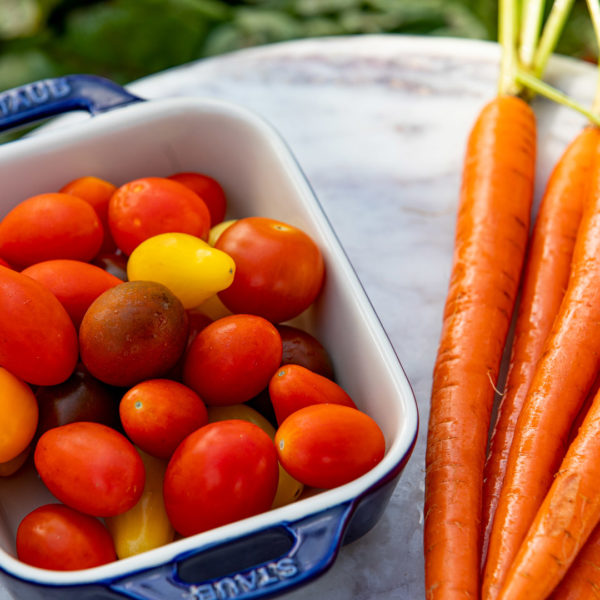
Chemicals
How do big distributors deal with food waste? The longer food is stored, the greater the risk it will rot or become contaminated. That’s why so many fruits and vegetables are treated with fungicides, disinfectants, gas, fumigants, coatings, and other chemicals. The FDA itself reports that 54% of fruit arrives with pesticide still on it
The Air
The network of getting food from the farmer to the plate involves planes, trains, ships and massive trucks travelling hundreds even thousands of miles in multiple back and forward journeys.In the U.S. alone, agricultural trucking contributes 9 percent of total emissions. Ever wonder how a supermarket gets “fresh” pineapples in December? Yes, they are flown in from the other side of the world. There is very little local about your local avocado toast! And all this transport means more emissions and more pollution.
Togetherness
In most cultures across the globe food is the primary way to understand the world, whether that’s meeting neighbors at the market or eating together. It’s our species’ oldest way of bonding. Local farming allows you to buy herbs, greens, fruits and vegetables that were grown right in your very own town, by people who are part of your neighborhood. We’ve written before about how the very future of farming could be not just container farms or vertical farms but urban community farms too. In fact food is the main way of deepening our relationship with the community.
Today the vast majority of Americans live in cities. It’s a story that is being replicated across the planet. More and more we need to think about making food tastier and healthier but we also need to consider how to let our food feed us all! Vertical container farming is today the only solution to bring farms into our cities and ensuring a safe, clean supply for the whole planet.
